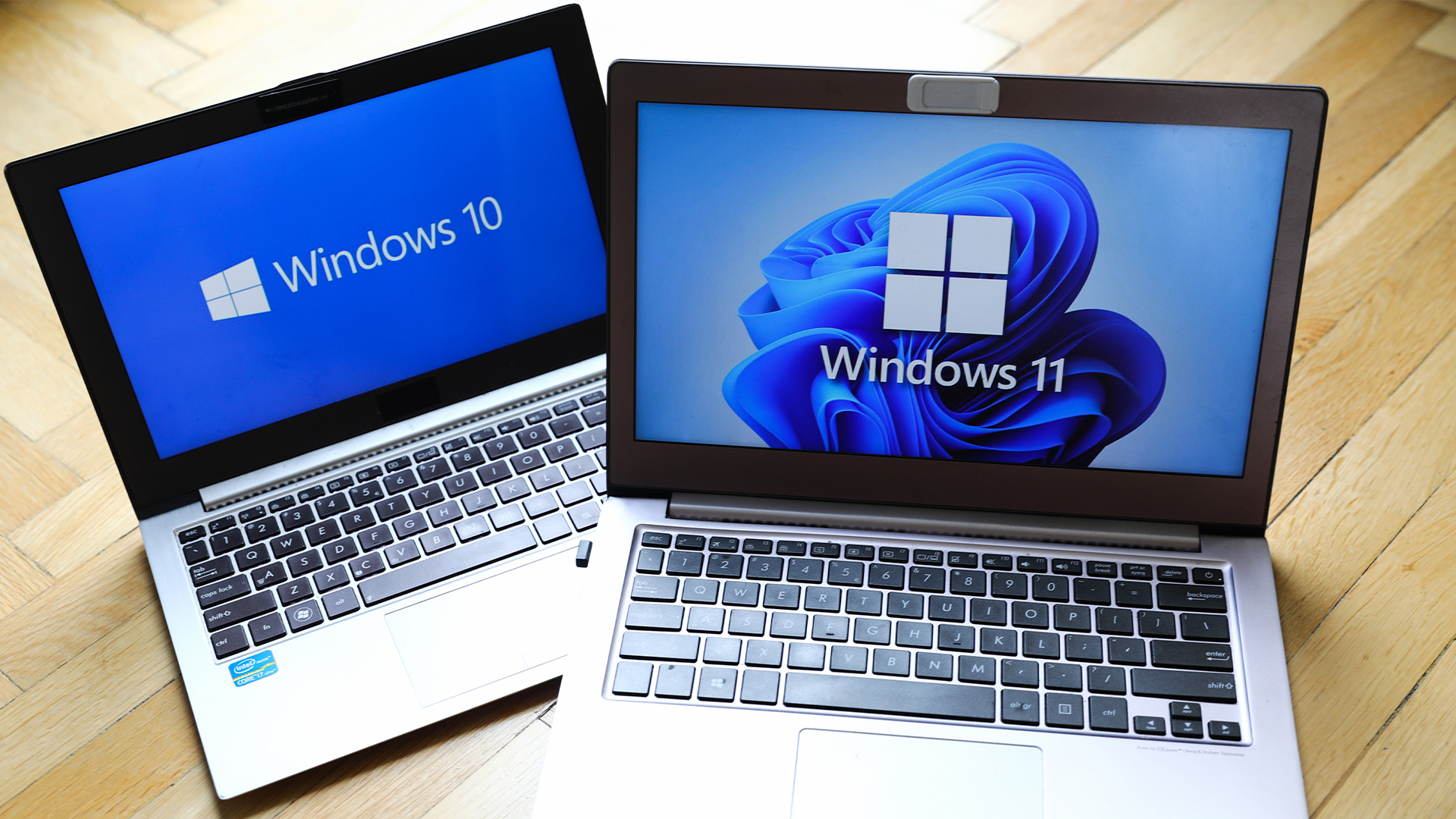Synology DS213air review
This NAS box is powered by an Intel Atom chip and comes with a capacity of up to 8TB. But is the DS213air worth the £250 price?
It's easy to mark the Synology DS213air down for its high price, especially when compared to rival devices like the HP ProLiant microserver. To do so is to ignore the benefits of Synology's DSM operating system. While it's certainly possible to configure any Linux-based server in a similar way, it's a lot easier to set things up using DSM - and if you would rather spend your time using your NAS server than configuring it, that could be easily worth the entry fee.

Network attached storage devices can vary from little more than a hard drive caddy with a network port to fully-functional miniature servers. Synology's latest small or home office (SOHO) model, the DS213air, sits firmly in the latter category - but can it justify its top-end price tag?
Features
The Synology DS213air is, as the name suggests, an evolution of the company's existing DS213 product. As with its sibling, the device includes room for two 3.5in or 2.5in SATA II hard drives which sit on their sides within a compact, plastic chassis. The system supports drives of up to 4TB, and can be configured to provide a maximum storage capacity of 8TB or to use the second disk as a mirror of the first to increase availability in the event of a drive failure.

The rear of the case includes the same gigabit Ethernet port as found on the DS213, along with two USB 3.0 'SuperSpeed' ports for connecting external storage devices. This can be a real lifesaver for backups: just hook up an external USB 3.0 hard drive and you can safely transfer all your files without having to clog up the network. It's also possible to hook other devices, including webcams and printers, into the system thanks to Synology's clever DiskStation Manager (DSM,) a Linux-powered custom operating system which provides intuitive management through a web browser.
Where the DS213air differs from the DS213 is in the inclusion of 802.11b/g/n Wi-Fi connectivity. Integrated entirely within the device, with no external antenna in sight, the system can connect to an existing wireless network to provide file storage functionality, act as a wireless access point for an existing wired network, or even take over gateway tasks. If your office is starting to look cluttered, that's a feature which could recommend the DS213air right away.
Internally, the DS213air uses a low-power Intel Atom processor running at 1.6GHz coupled with 256MB of DDR3 memory. That may sound overkill for such a small device, but the DSM software can do so much more than simple file sharing.
Setting up
The DS213air includes software for Windows, OS X and Linux clients on a CD, but one of its biggest selling points is that you don't need to use the software to get started. Instead, connect the system to your network, install your hard drives using the provided screws, and plug in the external power brick - a disappointment considering the apparent spare space within the case, and one of the minus points to Synology's DS213-series design.
By default, the DS213air will act as a wireless network called DiskStation. Visiting a special web address - find.synology.com - using any wired or wireless client on the network brings you to the DS213air's DSM setup screen, which installs the DSM operating system and prepares the drives to receive your data. This process can take about ten or fifteen minutes, but is straightforward and can even be kicked off using a smartphone or tablet.
Get the ITPro daily newsletter
Sign up today and you will receive a free copy of our Future Focus 2025 report - the leading guidance on AI, cybersecurity and other IT challenges as per 700+ senior executives
Gareth Halfacree is an experienced tech journalist and IT professional, and has been writing since 2006. In addition to contributing article for ITPro, Gareth has been featured in publications such as PC Pro, Techmeme, The Register, The MagPi, and Tom’s Hardware.
In addition to his digital articles, Gareth is the author of several best-selling books. These include the Raspberry Pi User Guide, an essential text for those looking to get started with their Raspberry Pi, as well as The Official Raspberry Pi Beginner’s Guide. Gareth also wrote the Official BBC micro:bit User Guide, a comprehensive guide to setting up the pocket-sized computer, learning to code on it, and even creating your own hardware addons.
-
 AI is helping bad bots take over the internet
AI is helping bad bots take over the internetNews Automated bot traffic has surpassed human activity for the first time in a decade, according to Imperva
By Bobby Hellard Published
-
 ‘We are now a full-fledged powerhouse’: Two years on from its Series B round, Hack the Box targets further growth with AI-powered cyber training programs and new market opportunities
‘We are now a full-fledged powerhouse’: Two years on from its Series B round, Hack the Box targets further growth with AI-powered cyber training programs and new market opportunitiesNews Hack the Box has grown significantly in the last two years, and it shows no signs of slowing down
By Ross Kelly Published
-
 Dragging your feet on Windows 11 migration? Rising infostealer threats might change that
Dragging your feet on Windows 11 migration? Rising infostealer threats might change thatNews With the clock ticking down to the Windows 10 end of life deadline in October, organizations are dragging their feet on Windows 11 migration – and leaving their devices vulnerable as a result.
By Emma Woollacott Published